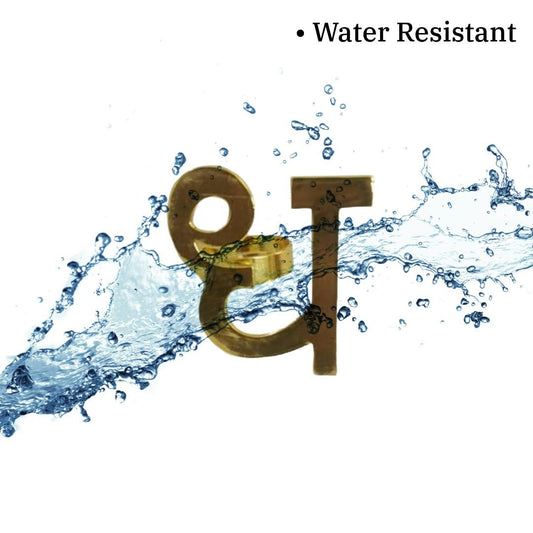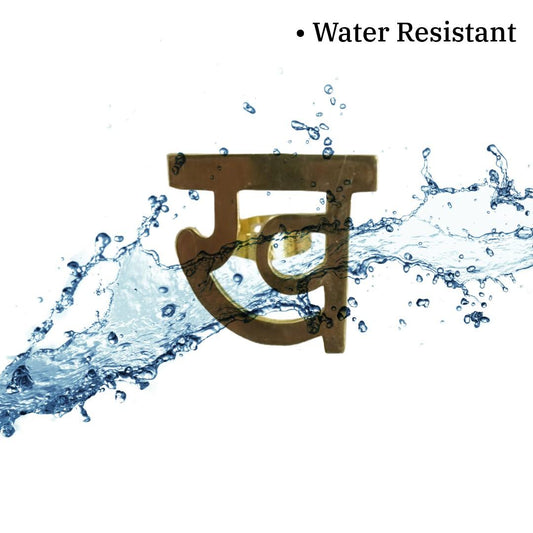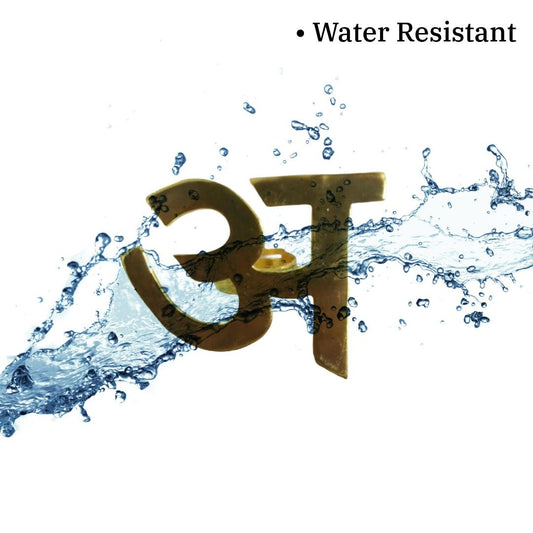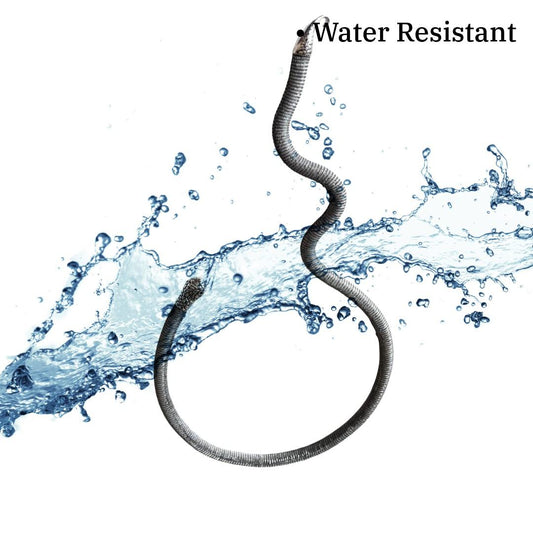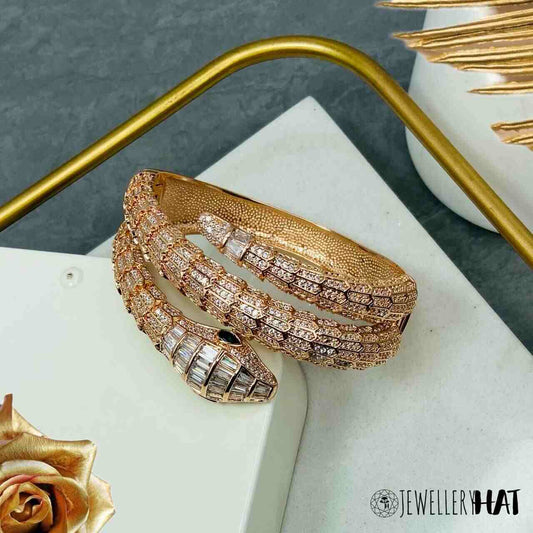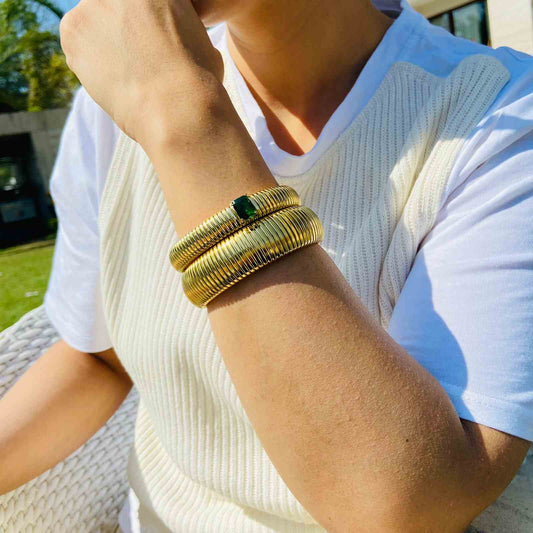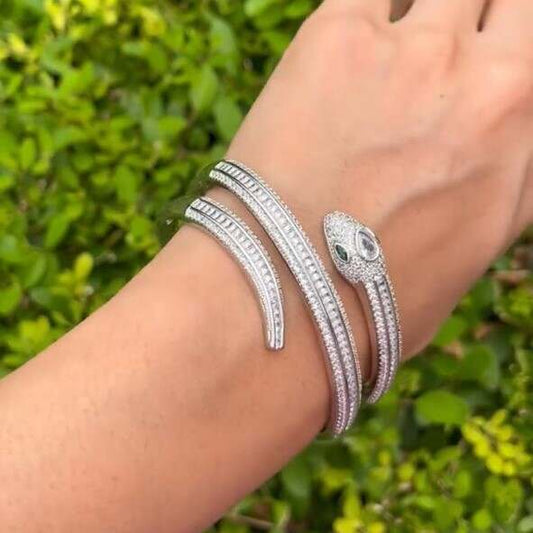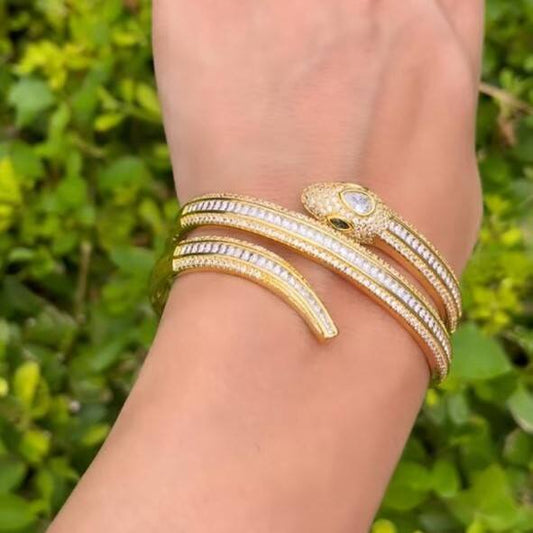Jewelry is a cherished accessory, and maintaining its pristine condition is essential. At Jewellery Hat, India’s fastest-growing fashion jewelry brand, we offer a wide range of stainless steel jewelry, including earrings, necklaces, bracelets, and rings. Our pieces are designed with advanced anti-tarnish technology to ensure long-lasting beauty. In this comprehensive guide, we will explore what tarnished means in jewelry, the science behind tarnish, and how advanced coatings prevent it.
What Does Tarnished Mean in Jewelry?
1. Defining Tarnish
Tarnish refers to the gradual deterioration of a metal's surface, leading to discoloration and loss of luster. This process occurs due to chemical reactions between the metal and elements in its environment. In jewelry, tarnish appears as a dull, often discolored layer that diminishes the piece’s original shine.
2. Common Causes of Tarnish
Understanding what tarnished means in jewelry involves recognizing its common causes:
-
Sulfur Exposure: Tarnish is often caused by sulfur compounds in the air. These compounds can react with metals like silver, leading to tarnishing. For instance, silver jewelry tarnishes due to its reaction with hydrogen sulfide (H2S), resulting in silver sulfide (Ag2S).
-
Moisture: Humidity and moisture can accelerate tarnishing. When metal is exposed to moisture, it can facilitate chemical reactions that cause tarnish.
-
Chemicals: Household chemicals, lotions, and cosmetics can contribute to tarnishing. Contact with these substances can lead to undesirable chemical reactions on the metal surface.
-
Acidity: The natural acidity of skin can also affect metals, particularly those that are sensitive to pH changes.
3. Tarnish in Different Metals
Different metals tarnish in varying ways:
-
Silver: Silver is highly prone to tarnishing, resulting in a darkened layer known as silver sulfide. This tarnish is typically visible as a black or dark gray film on the surface.
-
Copper: Copper tarnishes to a greenish color due to the formation of copper carbonate or copper chloride.
-
Gold: Pure gold is less susceptible to tarnishing, but gold-plated or gold-filled jewelry can tarnish if the underlying metal reacts with environmental factors.

4. Impact of Tarnish
Tarnish can significantly impact the appearance of jewelry, making it look aged and dull. Although tarnish does not damage the metal itself, it can detract from the jewelry's visual appeal and value. Regular cleaning and maintenance are essential to restore tarnished jewelry to its original condition.
The Science Behind Tarnish and Anti-Tarnish Coatings
1. The Chemistry of Tarnish
To fully understand what tarnished means, it's crucial to grasp the chemistry involved:
-
Oxidation Reaction: Tarnishing involves oxidation, where a metal reacts with sulfur or moisture. For instance, in silver jewelry, the reaction between silver (Ag) and sulfur compounds results in silver sulfide (Ag2S), creating a tarnished layer.
-
Role of Moisture: Moisture speeds up oxidation by facilitating the metal’s reaction with sulfur compounds. This can lead to more rapid tarnishing.
2. Science Behind Anti-Tarnish Coatings
Anti-tarnish coatings help prevent the tarnishing process by creating a protective barrier. Here’s how different coatings work:
-
Rhodium Plating: Rhodium is a highly corrosion-resistant metal. When applied as a thin layer over jewelry through electroplating, it creates a reflective shield that prevents tarnishing. Rhodium’s inertness ensures that the underlying metal does not react with tarnish-causing elements.
-
Clear Lacquer Coating: Clear lacquer is a transparent coating that forms a protective barrier on the metal’s surface. This coating blocks sulfur and moisture, preventing them from coming into direct contact with the metal and causing tarnish.
-
Electroplating: Electroplating involves depositing a thin layer of a tarnish-resistant metal, such as gold or platinum, onto the jewelry. This process uses an electric current to create a protective layer that shields the base metal from tarnishing.
-
Nano-Coating Technology: Nano-coatings apply a very thin layer of protective material at the nanometer scale. This technology offers exceptional resistance to tarnish and wear, preserving the jewelry’s appearance and extending its lifespan. The application of nano-sized particles creates a durable barrier against tarnish.
3. How Coatings Prevent Tarnish
Anti-tarnish coatings prevent tarnish by creating physical and chemical barriers:
-
Physical Barrier: Coatings like rhodium plating and clear lacquer create a physical shield that prevents direct contact between the metal and tarnish-causing elements. This barrier effectively reduces the chances of oxidation.
-
Chemical Inertness: Coatings such as rhodium are chemically inert, meaning they do not react with sulfur or moisture. This property helps prevent the underlying metal from undergoing oxidation and tarnishing.
-
Durability: High-quality coatings are designed to be durable, providing long-lasting protection against tarnish. They ensure that jewelry maintains its shine and appearance over time.
-
Maintenance: Anti-tarnish coatings simplify maintenance. Regular cleaning and proper care can help preserve the effectiveness of the coating and keep the jewelry looking its best.
Jewellery Hat’s Anti-Tarnish Jewelry
At Jewellery Hat, we are committed to offering jewelry that combines style with durability. Our tarnish-proof collection features a wide range of earrings, necklaces, bracelets, and rings, all crafted from high-quality stainless steel and enhanced with advanced anti-tarnish coatings.
1. Premium Materials
Our jewelry is made from premium stainless steel, known for its natural resistance to tarnish and corrosion. Stainless steel is an ideal choice for anti-tarnish jewelry due to its durability and long-lasting performance.
2. Advanced Coatings
We employ advanced coatings, such as rhodium plating and nano-coating technology, to ensure that our jewelry remains tarnish-free. These coatings provide a protective layer that helps preserve the beauty and shine of your jewelry.
3. Lifetime Replacement Warranty on Polishing
To further ensure the quality and longevity of our jewelry, Jewellery Hat offers a lifetime replacement warranty on polishing*. Should your anti-tarnish jewelry require polishing, simply contact us, and we will restore it to its original brilliance at no additional cost.
4. Diverse Range of Styles
Explore our extensive collection of anti-tarnish jewelry, including a variety of styles and designs. Whether you’re seeking elegant earrings, striking necklaces, fashionable bracelets, or classic rings, Jewellery Hat has the perfect piece to complement any look. Our anti-tarnish technology ensures that each piece remains stunning and versatile, reflecting your personal style.
Conclusion: Embrace the Lasting Beauty of Anti-Tarnish Jewelry with Jewellery Hat
Jewellery Hat is dedicated to delivering jewelry that blends elegance with minimal maintenance. Our anti-tarnish jewelry, crafted from high-quality stainless steel and enhanced with cutting-edge coatings, ensures that your pieces retain their beauty and shine over time.
Understanding what tarnished means in jewelry and the science behind anti-tarnish coatings can help you make informed decisions about your jewelry. With our commitment to quality and style, you can enjoy pieces that stand the test of time.
*Terms and conditions apply. For more information about our lifetime replacement warranty on polishing, please visit our website or contact our customer service team.
Discover why Jewellery Hat is India’s fastest-growing fashion jewelry brand and experience the future of jewelry with our anti-tarnish collection. Shop with us today and let your style shine with enduring elegance.
Contact Us :-






